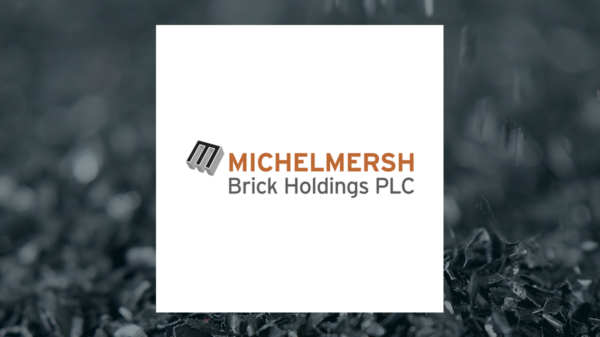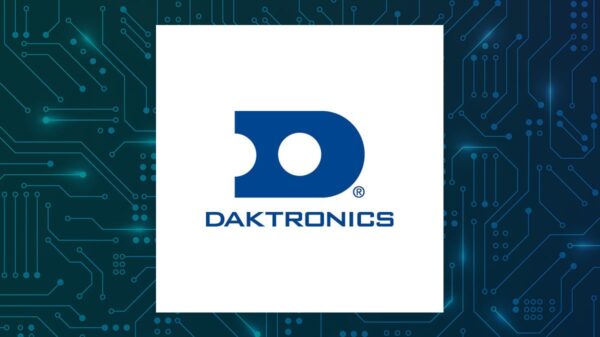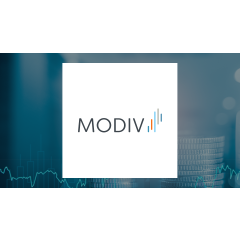Essex Property Trust (NYSE:ESS) and Modiv Industrial (NYSE:MDV) are both prominent players in the finance sector, but they present different investment profiles. This article examines their financial performance, including dividend strength, profitability, and market risk, to determine which stock may be more appealing to investors.
Analyst Ratings and Price Targets
Current analyst ratings reflect a divided outlook on these two companies. According to data from MarketBeat, Essex Property Trust holds a consensus rating score of 2.33, based on 11 buy ratings, 7 holds, and 1 sell. In contrast, Modiv Industrial boasts a more favorable score of 4.00, with no sell ratings and only one hold. This suggests that analysts view Modiv Industrial as the more attractive investment option.
The consensus price target for Essex Property Trust is set at $308.26, indicating a potential upside of 19.48%. Meanwhile, Modiv Industrial’s price target is $18.00, suggesting a higher potential upside of 24.14%. These figures illustrate that analysts are more optimistic about Modiv Industrial’s growth potential.
Profitability and Dividends
The profitability metrics of these companies reveal significant differences. Essex Property Trust boasts a net margin of 43.51%, with a return on equity of 13.98% and a return on assets of 6.16%. In contrast, Modiv Industrial’s net margin stands at 6.72%, with a return on equity of 1.44% and return on assets of 0.61%. These numbers indicate that Essex Property Trust is more efficient in generating profits from its assets and equity.
In terms of dividends, Essex Property Trust pays an annual dividend of $10.28 per share, resulting in a yield of 4.0%. Modiv Industrial, on the other hand, offers a smaller annual dividend of $1.17 per share, providing a significantly higher yield of 8.1%. However, Essex Property Trust has a long history of increasing dividends, having raised its payout for 31 consecutive years, while Modiv Industrial has increased its dividend for 3 straight years.
The payout ratio is another crucial factor to consider. Essex Property Trust distributes 82.6% of its earnings as dividends, raising concerns about its sustainability. In comparison, Modiv Industrial has a concerning payout ratio of -1,300.0%, indicating that it pays out significantly more than it earns.
Ownership and Market Risk
Institutional ownership can provide insights into investor confidence. Approximately 96.5% of Essex Property Trust’s shares are owned by institutional investors, suggesting strong backing from hedge funds and large money managers. In contrast, only 8.2% of Modiv Industrial’s shares are held by institutional investors, indicating less institutional confidence in its long-term performance.
When it comes to volatility, Essex Property Trust has a beta of 0.8, suggesting its share price is 20% less volatile than the S&P 500. Modiv Industrial’s beta of -0.31 indicates it is 131% less volatile than the index, presenting a lower risk profile for conservative investors.
Valuation Overview
Examining the financials, Essex Property Trust reported gross revenue of $1.77 billion and a net income of $741.52 million, yielding earnings per share (EPS) of $12.44. The price-to-earnings (P/E) ratio is 20.74, reflecting solid valuation metrics.
In contrast, Modiv Industrial’s gross revenue stands at approximately $46.76 million, with a net income of $6.02 million. Its EPS is currently negative at ($0.09), resulting in a P/E ratio of -161.11, indicating that it is trading at a lower valuation compared to Essex Property Trust.
Conclusion
While Essex Property Trust surpasses Modiv Industrial in several key financial indicators, including profitability and institutional backing, Modiv Industrial presents a higher dividend yield and greater potential upside according to analyst ratings. Investors should weigh these factors carefully, considering their individual risk tolerance and investment goals.
In summary, while Essex Property Trust excels in profitability and stability, Modiv Industrial may appeal to those seeking higher dividend yields and growth potential. The decision ultimately rests on the investor’s specific priorities in the ever-evolving market landscape.




































































